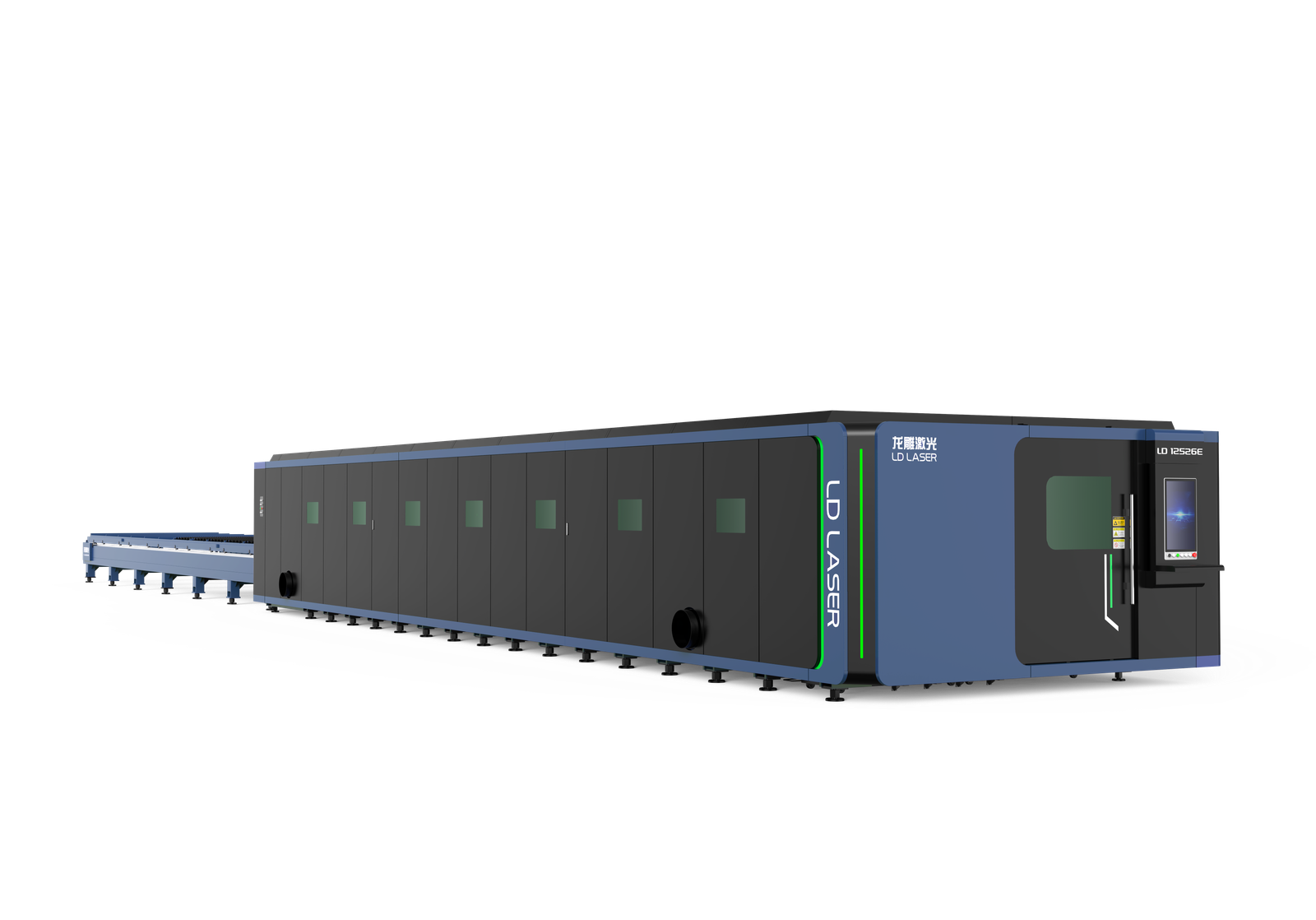Like a master sculptor wielding a precision chisel, you’ll find that tube laser cutting machines can transform your design capabilities in ways you haven’t imagined. You’re no longer bound by traditional manufacturing constraints when you’re working with technology that can execute complex geometries, intricate patterns, and precise joints. By understanding the core principles and advanced techniques of tube laser cutting, you’ll unveil design possibilities that’ll revolutionize your approach to metal fabrication.
Key Takeaways
Integrate self-fixturing features through precise tab and slot designs to eliminate secondary assembly operations and reduce production costs.
Leverage advanced programming to create complex geometric patterns, enabling intricate designs previously impossible with traditional methods.
Utilize dynamic material nesting techniques to maximize tube usage and produce multiple components from single lengths.
Implement strategic cutting sequences that maintain consistent quality while executing detailed features across various tube profiles.
Design parts with built-in joining features that take advantage of the machine’s ability to cut at any angle.
Understanding the Core Capabilities of Tube Laser Cutting

Tube laser cutting represents a highly precise manufacturing process that combines advanced laser technology with specialized tube handling systems. You’ll find these machines capable of executing complex cuts on various tube profiles, including round, square, and rectangular shapes, with remarkable accuracy.
The system’s core strength lies in its ability to maintain consistent tube orientation throughout the cutting process. As the machine rotates and positions the material, you can achieve precise cuts at any angle while maintaining tight tolerances. This technology enables you to create intricate patterns, holes, slots, and bevels without the need for secondary operations.
Through automated tube positioning and precision cutting capabilities, you’re able to produce complex components with minimal material waste and exceptional edge quality. The process guarantees repeatability and maintains dimensional accuracy across high-volume production runs.
Design Principles for Maximizing Tube Laser Technology
Three fundamental design principles guide the effective utilization of tube laser cutting technology. When you’re optimizing your design approach, focus on maximizing design flexibility while maintaining fabrication efficiency through strategic part planning.
- Position your cuts strategically to minimize material waste and reduce production time – consider nesting multiple components within a single tube length.
- Design joints and intersections that take advantage of the laser’s precision capabilities, including tabs, slots, and self-fixturing features that reduce assembly steps.
- Factor in the laser’s kerf width and heat-affected zone when specifying tolerances and edge-to-edge measurements to guarantee dimensional accuracy.
Material Selection and Its Impact on Design Freedom
When selecting materials for tube laser cutting applications, you’ll need to carefully evaluate how different metals and alloys affect your design possibilities. Material properties directly influence cutting parameters, edge quality, and achievable tolerances, which in turn determine your design freedom.
Consider how carbon steel offers excellent cut quality and speed, while stainless steel requires more precise power control but enables complex medical and food-grade applications. Aluminum’s high reflectivity presents unique challenges but allows for lightweight structural designs. Your material choice impacts achievable wall thicknesses, minimum hole diameters, and corner radii.
To optimize your fabrication processes, match material selection with your design requirements. You’ll find that certain alloys support tighter tolerances and more intricate features, while others prioritize cost-effectiveness and processing speed.
Advanced Techniques for Complex Geometric Patterns
Creating complex geometric patterns through tube laser cutting requires mastery of advanced programming techniques and cutting parameters. You’ll need to understand how to manipulate your machine’s software to achieve dynamic forms while maintaining structural integrity.
To execute intricate designs effectively:
- Optimize your cutting path algorithms to minimize material waste and reduce production time while achieving complex shapes through strategic sequencing
- Adjust focal length and assist gas pressure dynamically during operation to guarantee clean cuts across varying material thicknesses
- Implement adaptive feed rate control to maintain consistent cut quality when shifting between different geometric features
Quality Control and Design Optimization Strategies
Reliable quality control measures and systematic design optimization form the backbone of successful tube laser cutting operations. You’ll need to implement rigorous quality assurance methods throughout your production process, from material inspection to final cut validation. Monitor dimensional accuracy, surface finish, and edge quality using precision measurement tools and automated inspection systems.
To optimize your designs, establish a structured iteration process. Start with digital prototyping to identify potential issues before cutting begins. Analyze material stress points, cutting path efficiency, and fixture requirements. You can fine-tune your designs by documenting each iteration’s outcomes and incorporating feedback from production runs. Maintain detailed records of successful parameters, including cutting speeds, assist gas pressures, and focal lengths, to guarantee consistency across future projects.
Conclusion
Just as Leonardo da Vinci revolutionized engineering with his innovative designs, you’ll transform your manufacturing capabilities by mastering tube laser cutting technology. You’re now equipped to optimize material selection, implement complex geometric patterns, and maintain precise quality control standards. By applying these technical principles and leveraging the machine’s advanced capabilities, you’ll reveal unprecedented design possibilities that’ll set new industry benchmarks.

